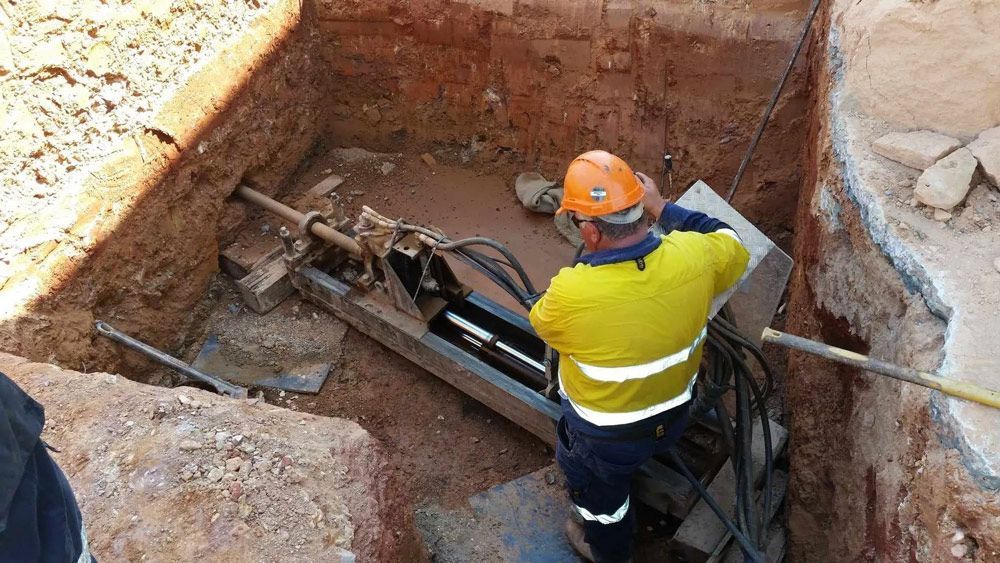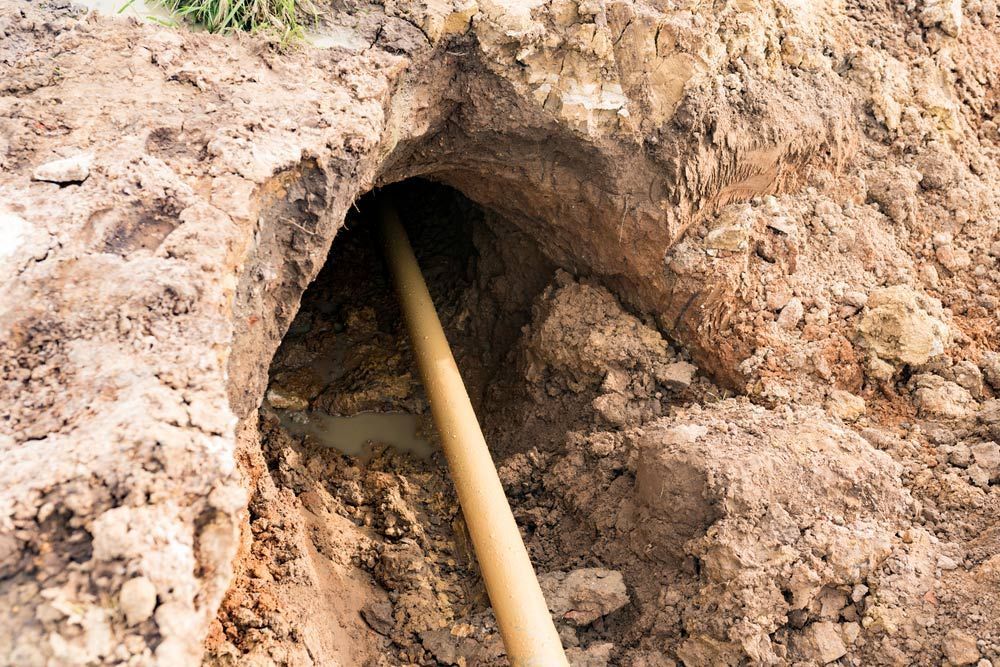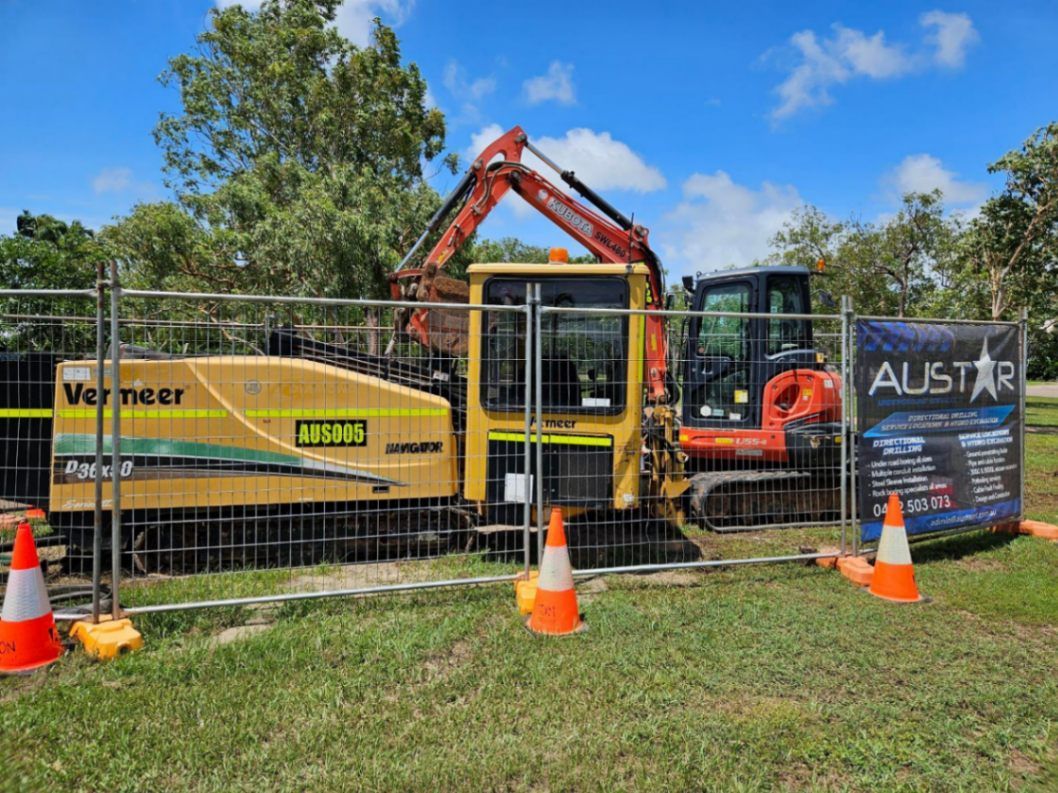Directional Drilling For Mineral Exploration
Mineral exploration is a complex and challenging process that requires precision, efficiency and adaptability. In regions where mineral deposits can be located deep underground or in challenging terrains, traditional drilling methods may not always be the best solution. This is where directional drilling comes into play. Let’s explore how this cutting-edge technique is driving advancements in the mining industry and making mineral exploration more sustainable and effective.
What is Directional Drilling?
Directional drilling is a technique that allows drill operators to steer the drill bit along a curved or angled path rather than drilling straight down. This method enables exploration teams to access mineral deposits that would otherwise be difficult or impossible to reach with traditional vertical drilling.
The ability to direct the drill in various directions offers significant advantages in terms of flexibility, precision and reduced surface disruption. Whether you’re dealing with rough terrain, obstacles or deep mineral deposits, directional drilling can provide a more efficient and effective solution.
Minimising Environmental Impact
Environmental sustainability is becoming increasingly important in the mining and exploration industries. Traditional vertical drilling methods often require significant surface disturbance, including clearing vegetation, building access roads and creating large drill pads. These activities can lead to habitat destruction, erosion and other environmental impacts.
Directional drilling can be conducted from a single location while reaching multiple underground targets, so it requires fewer drill pads and less surface disruption. The need for large-scale excavation is also minimised, making it an environmentally friendly alternative to more invasive drilling techniques. Additionally, it reduces the need for surface transportation and infrastructure development, contributing to lower carbon emissions.
Increasing Efficiency & Reducing Costs
Mineral exploration is a costly and time-consuming process, especially when traditional drilling methods are used. Vertical drilling can require multiple drill sites, extensive surface preparation and repeated mobilisation of equipment. All of this adds to the time and expense of exploration projects. With directional drilling, a single drill site can be used to access multiple targets, reducing the need for multiple setups and minimising time spent relocating equipment.
Steering the drill bit with precision allows exploration teams to more accurately target mineral deposits, reducing the number of exploratory wells needed and improving the chances of finding viable resources. The efficiency of directional drilling means fewer resources are required to complete the project, resulting in reduced labour and material costs throughout the exploration phase.
Ready to Start Your Project?
At Austar Underground Services, we provide directional drilling in Darwin. Whether you need to navigate challenging terrain or access deep mineral deposits, our team is here to help. Contact us today to learn more about how directional boring in Darwin!









